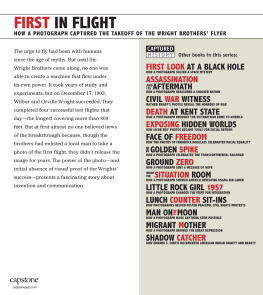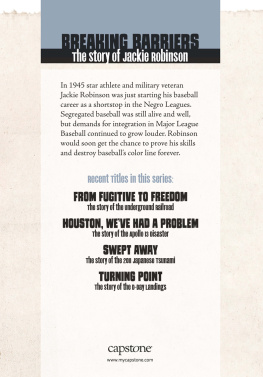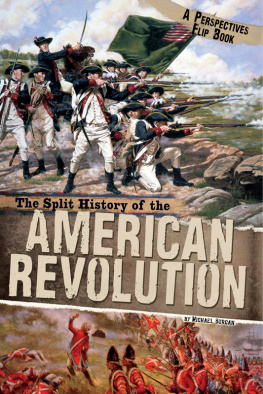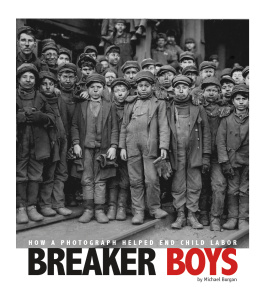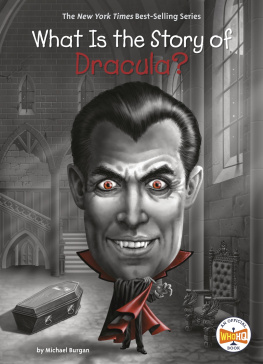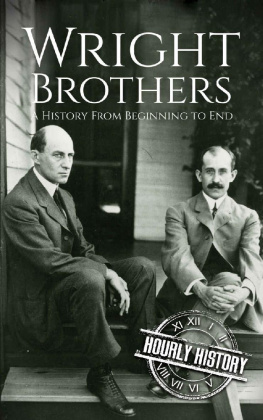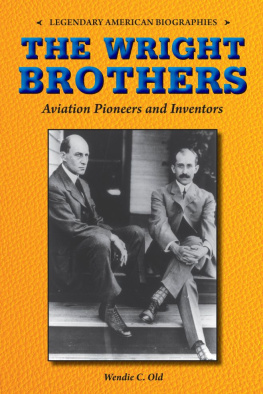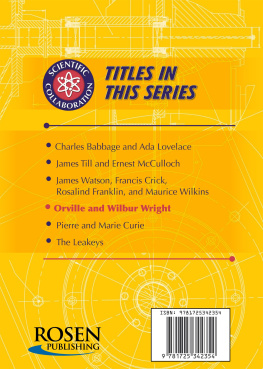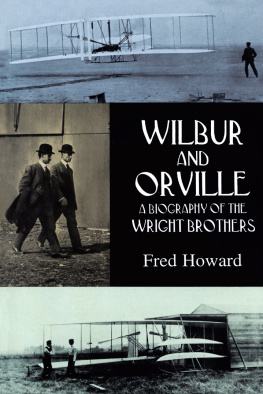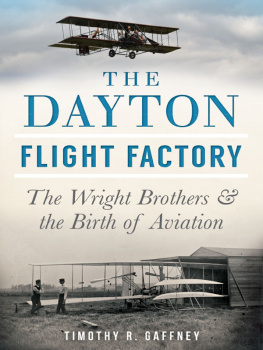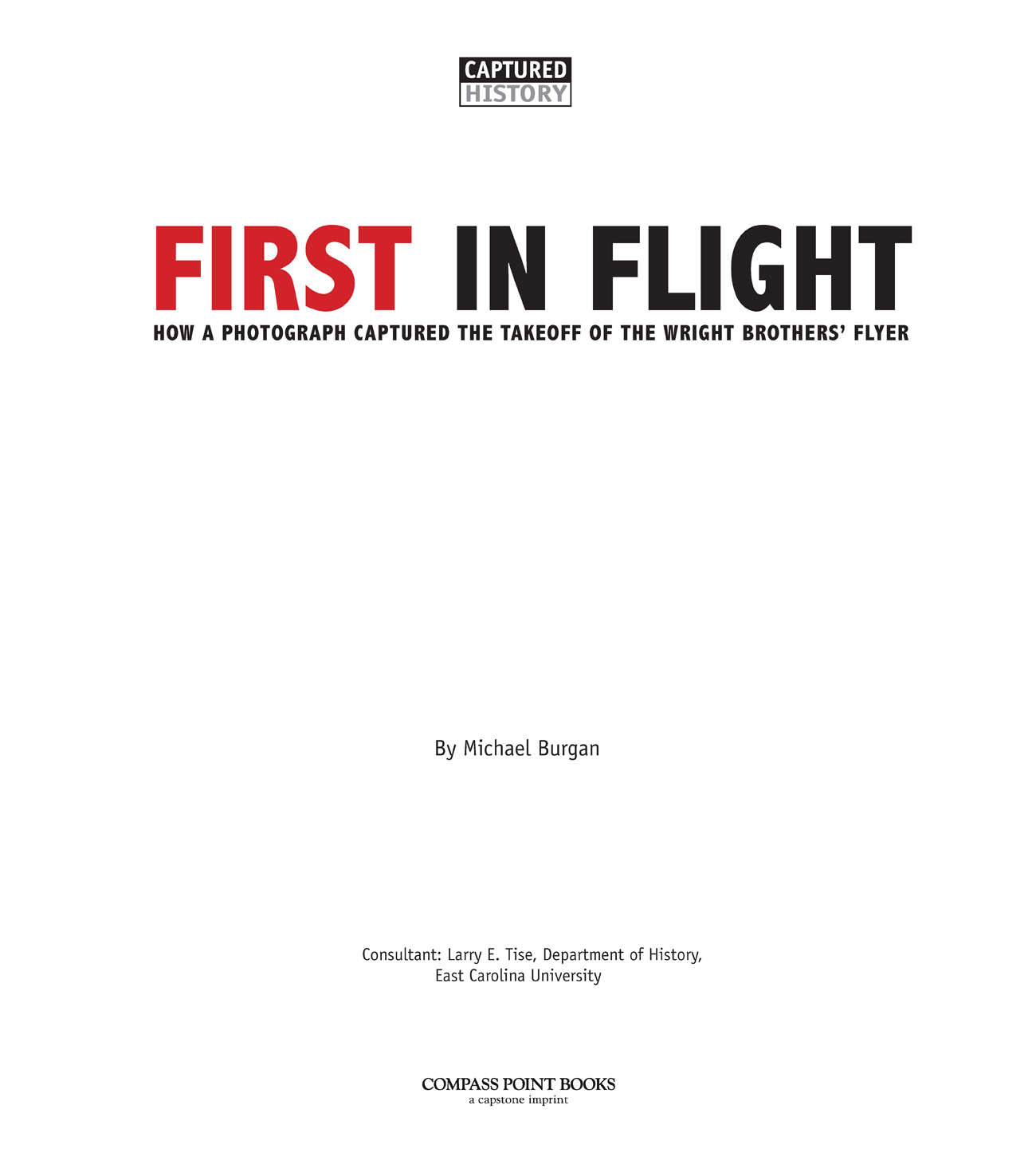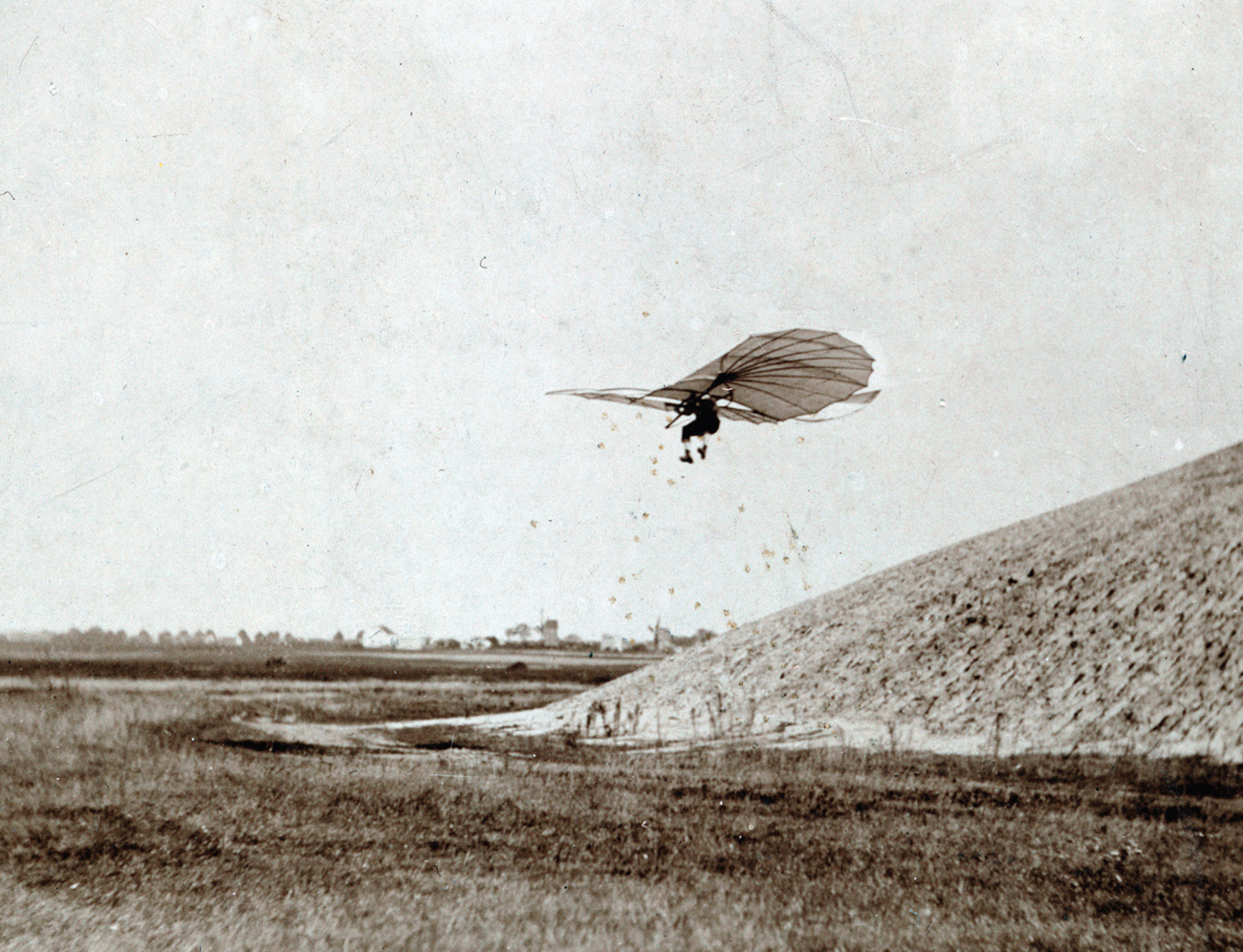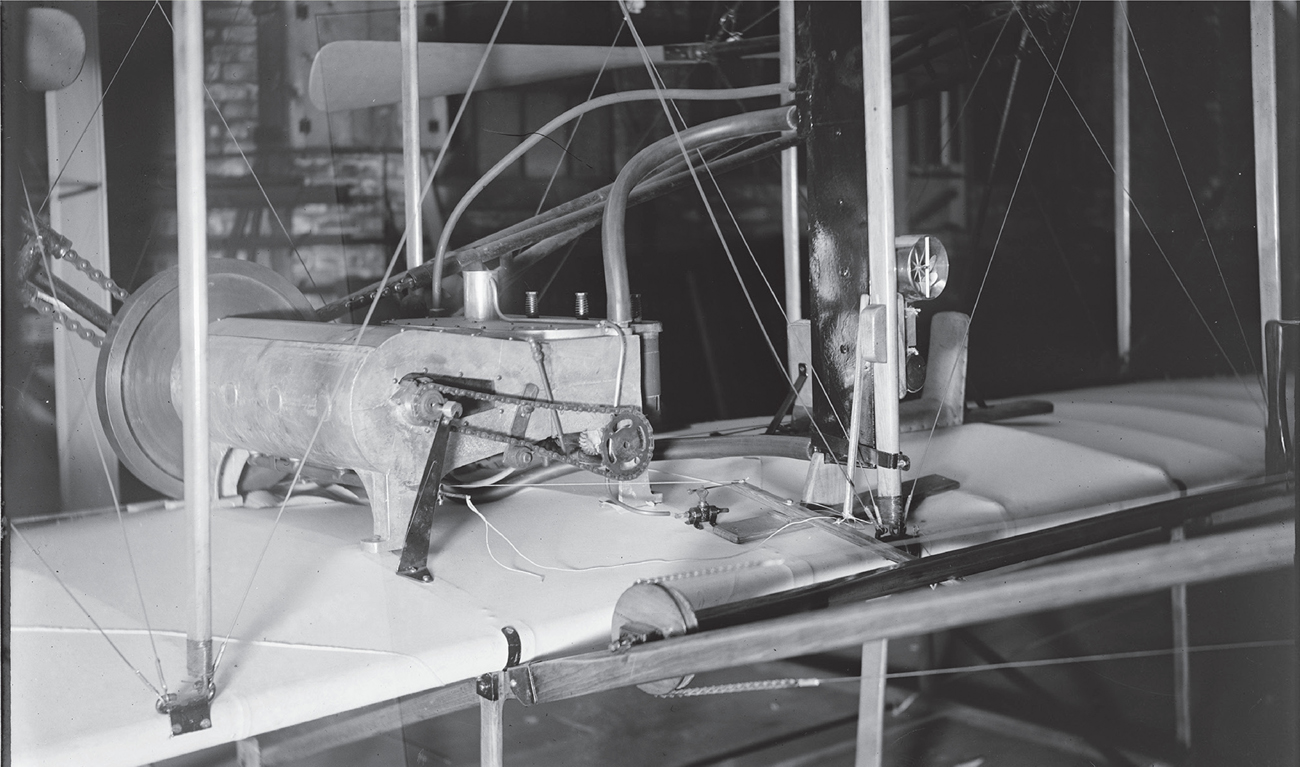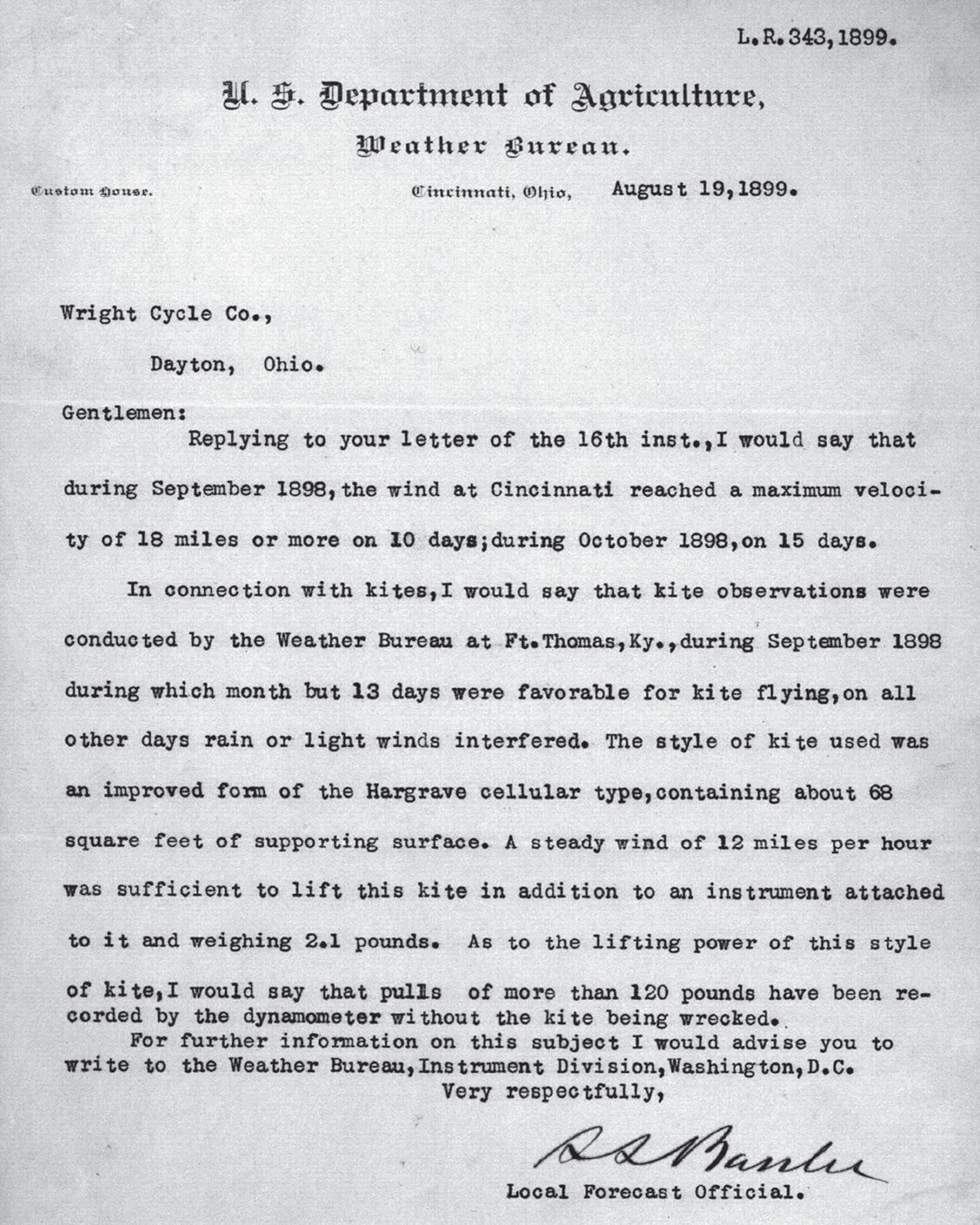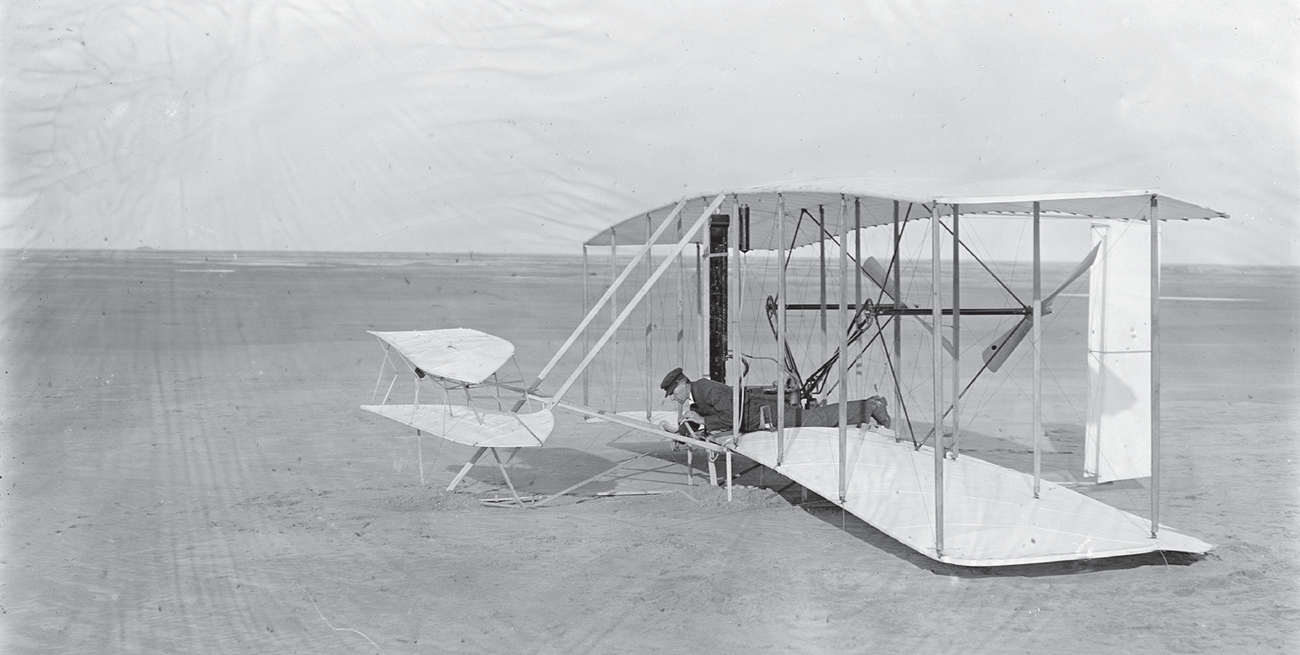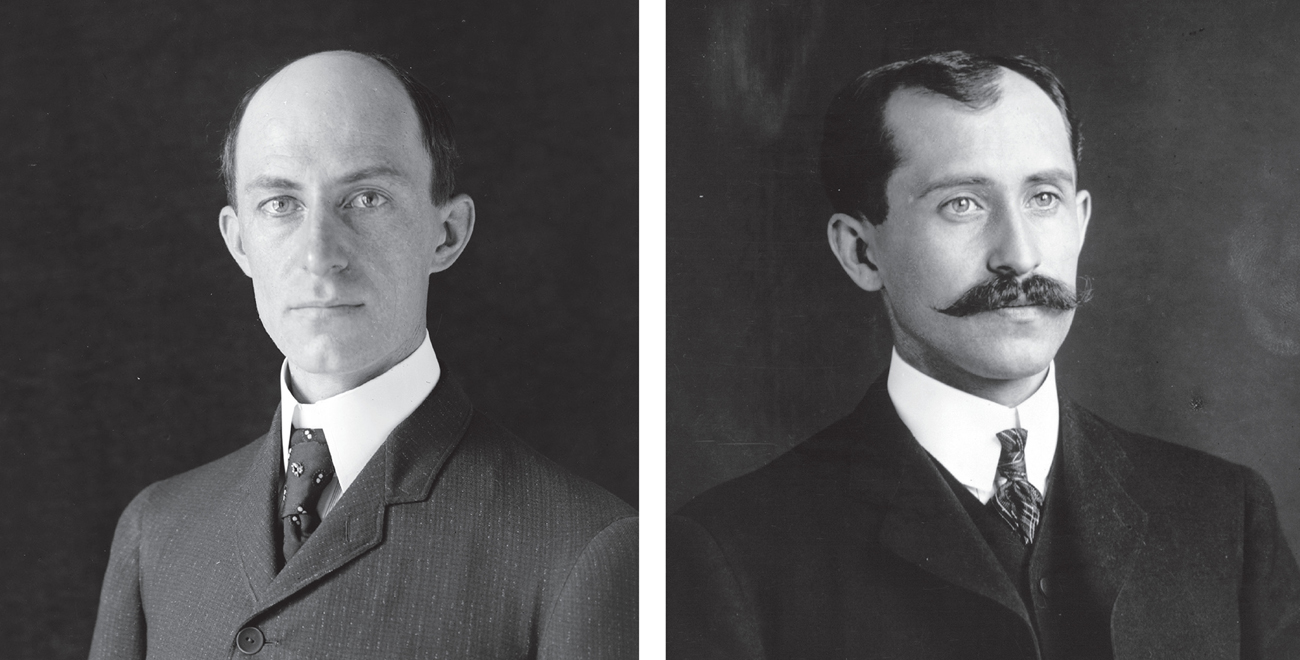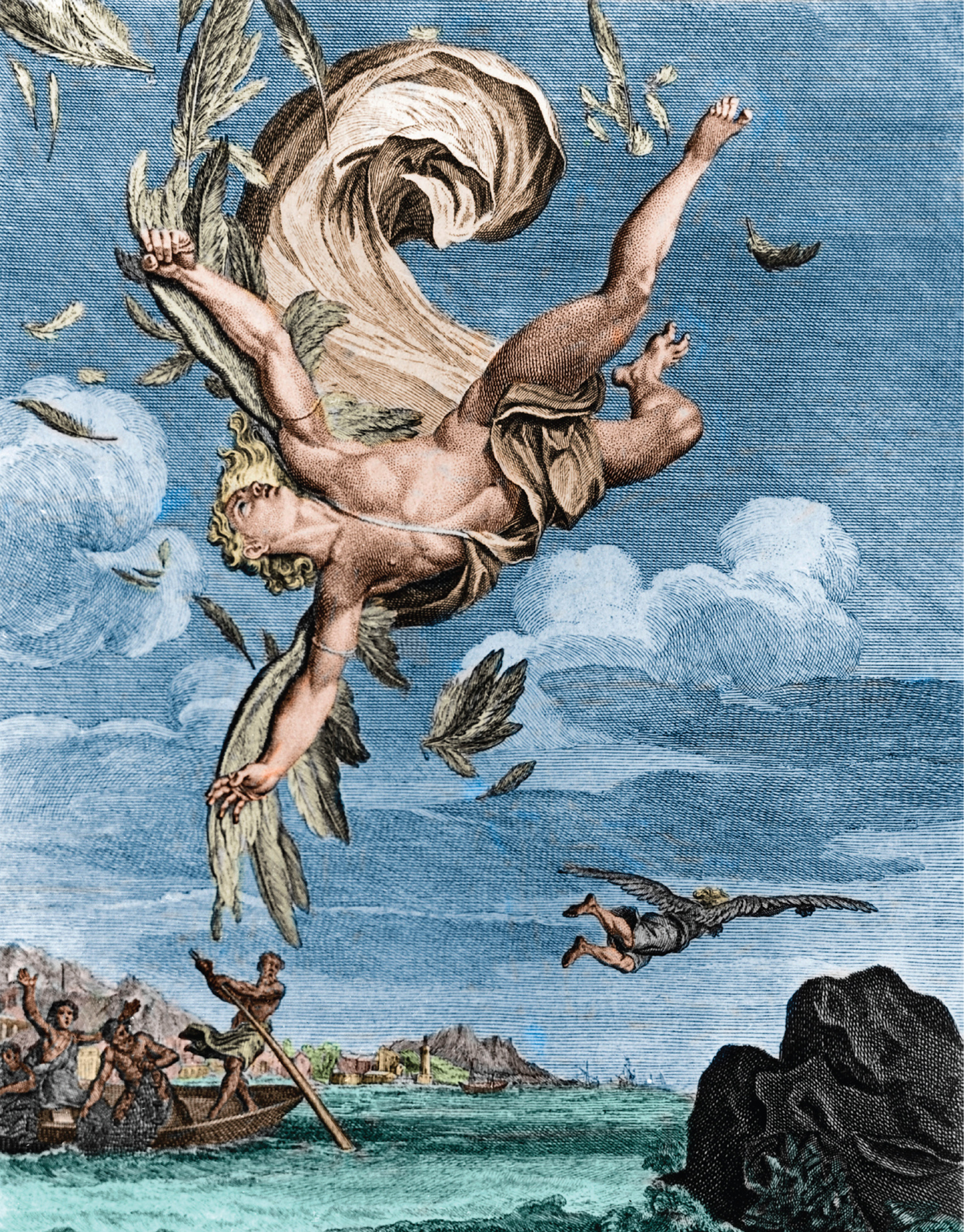. Sadly, Lilienthal broke his back in a glider crash that same year. He died the next day.
Otto Lilienthal was a pioneer of human flight, building gliders that looked something like butterflies.
By the end of 1902, the engines could turn their glider into a powered aircraft.
When the Wrights couldnt find an engine both light and powerful enough for their needs, they turned to Charlie Taylor. He was a master mechanic in their bike shop, and he could make the precise parts the brothers needed for both their cycles and their flying machines. The three men worked together on the engine, discussing the design and making sketches of the parts. Then Taylor went to work crafting the parts while the brothers worked on the frame of the aircraft.
It took Taylor six weeks to build the engine. Using aluminum for a major part of the engine made it light. Taylor was able to give the Wrights an engine even lighter than what they had hoped for. That would make it easier to stay in the air. It also produced more power, cranking out 12 horsepower. Though that was enough to get the Wrights plane into the air, it was less than what many of todays riding lawn mower engines produce.
In September 1903, the Wrights returned to Kitty Hawk to fly their first powered flying machine. They had never completely assembled the plane in Dayton. Instead, they shipped the parts to North Carolina by train and put the plane together at Kill Devil Hills. Arriving at the camp they had used for the past three years, the Wrights saw that strong winds had picked up their old building and moved it closer to the water. With the help of a local man named Dan Tate, the Wright brothers soon built a new building to house the plane. The Wrights had one of their old gliders with them too, and they continued to fly it. When the wind was right, they could keep the glider aloft for more than a minute. But the glider was no longer enough to satisfy their drive to fly through the air.
WHY KITTY HAWK?
When the Tate promised that he would do all he could to help the brothers succeed with their work. The Wrights never even visited Kitty Hawk before deciding to start their test flights there in 1900. When they arrived at the coast, it was the first time they had seen the ocean.
The Wrights kept the letter they received from the U.S. Weather Bureau providing information about good places to fly.
The Wrights referred to their new wing. From there, he could control the aircraft when it was in flight. While on the ground, the plane rested on skids, something like runners on a sled.
But the new aircraft had some key differences from the gliders of the past. Along with the Orville wrote, It is the prettiest we have ever made, and of a much better shape.
This new aircraft had two propellers, which would be key to getting it and keeping it off the ground.
Orville later explained that the new design made the wings both stronger and lighter than their earlier ones. And unlike the glider, the new craft would move along a wooden track laid over the sandy beach. At the end of the track, the plane would take offif everything worked as the brothers hoped. In mid-October, Orville was confident. He wrote to a friend, We are expecting the most interesting results and are sure that, barring exasperating little accidents or some mishaps, we will have done something before we break camp.
Some mishaps did occur. During a ground test, the engine did not work properly and began to vibrate. The motion damaged the shafts that held the propellers, and they had to be shipped back to Dayton for repairs. The new shafts cracked when the brothers tested them. Orville went back to Dayton to help Charlie Taylor make another set of new shafts out of steel. Orville returned to Kitty Hawk on December 11. On December 14, the brothers were finally ready to see whether Flyer could live up to its name.
The plane weighed just over 600 pounds (270 kilograms). The brothers moved their flyer to the wooden launch track with help from John T. Daniels and two other men who worked at the nearby Kill Devil Hills Life-Saving Station. The men at these and other stations were trained to rescue sailors after shipwrecks.
A coin toss decided who would be the pilot for what the
The Wright brothers were pleased with Flyers performance during the ground test on December 14, even though it quickly crashed.
Over the next two days, the brothers fixed minor damage to the plane. Now, on December 17, they were ready for another attempt. Daniels and two others from the station were there once again, along with two local men. This time, Orville would take the controls.
Before he climbed aboard Flyer, Orville set up a camera on a tripod near the end of the wooden launch rail. The brothers had bought their first camera several years before. They took pictures of Dayton, Ohio, their family, and friends. They photographed their gliders during their flights in North Carolina. This morning, Orville chose Daniels to be the photographer. With luck, Orville hoped to get the plane into the air for a real flight. And Daniels would snap the picture that recorded that historic moment.
Wilbur Wright, age 38 (left), and his brother Orville, age 34, in 1905
Chapter Two
BROTHERS IN BUSINESS AND INVENTION
In myth, Daedaluss son, Icarus, flew too close to the sun and died as a result.

